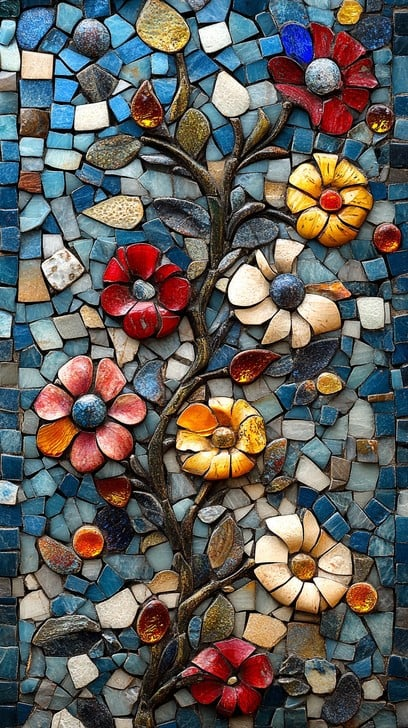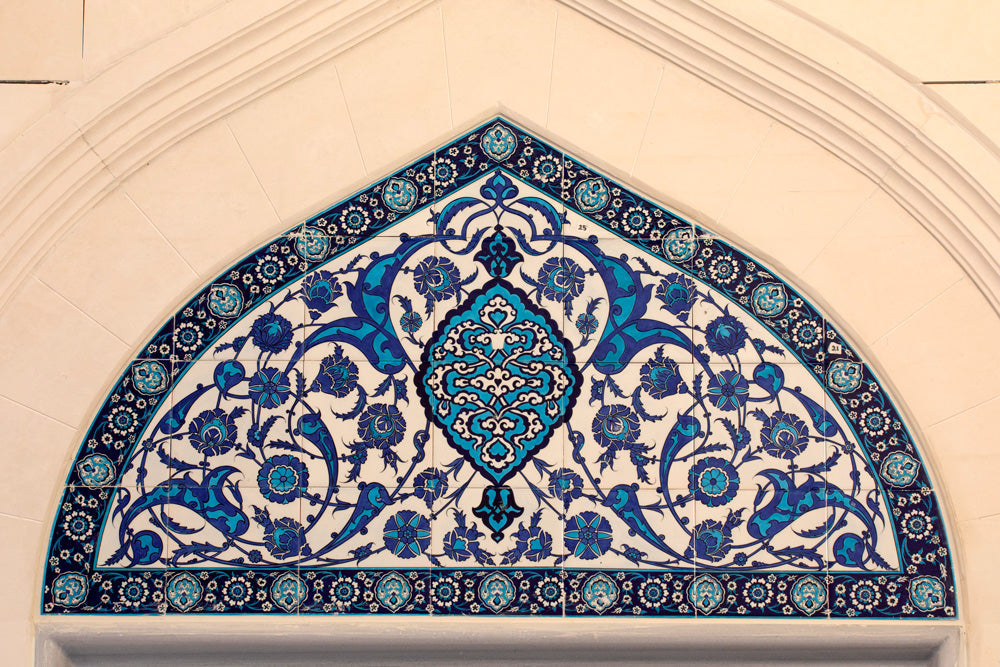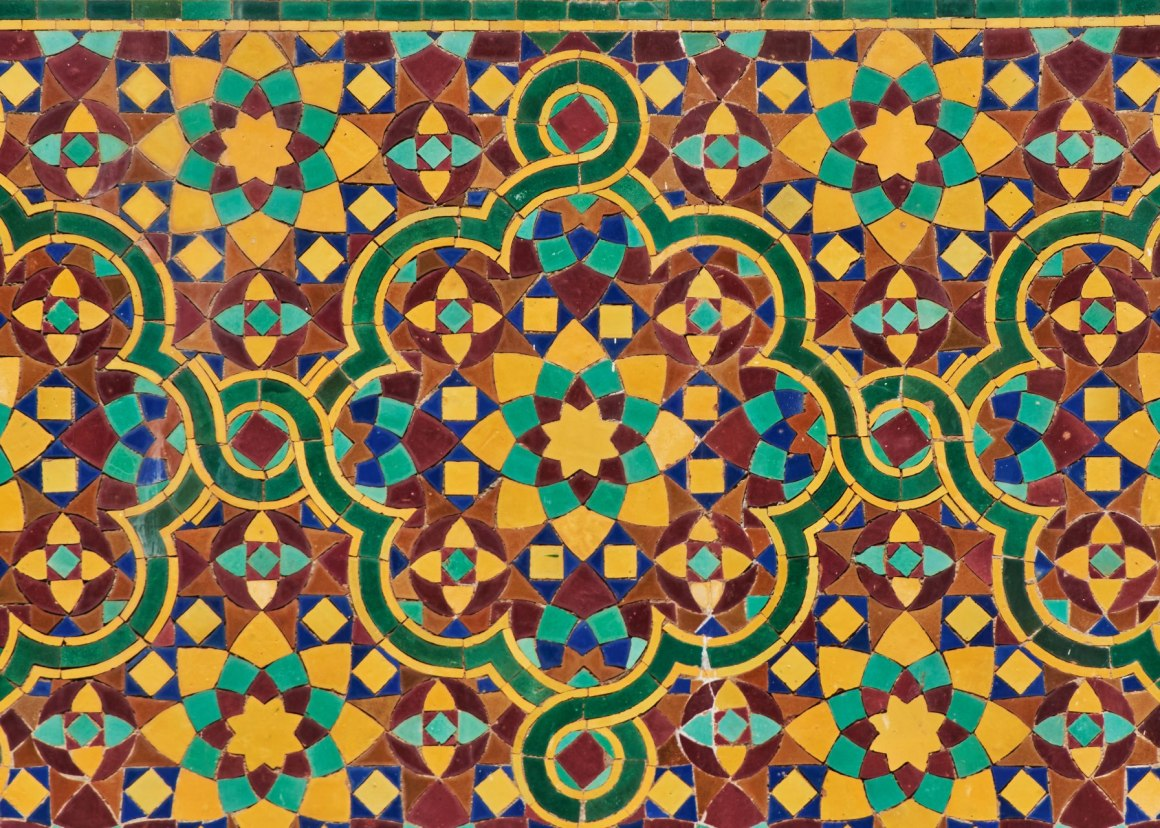- Published on
Unveiling the Ancient Art of Moroccan Mosaic (Zellij) Tile Making
- Authors

- Name
- Adil ABBADI
Introduction

In the vibrant souks and ancient medinas of Morocco, a centuries-old art form has been thriving for generations – the exquisite craft of Zellij tile making. This intricate and labor-intensive process has been perfected over time, resulting in stunning mosaics that adorn the walls, floors, and fountains of Morocco's architectural treasures. Let's embark on a journey to uncover the secrets of this ancient art and explore the cultural significance of Zellij tiles.
- Historical Context
- Traditional Significance
- Modern Relevance
- Cultural Preservation
- Conclusion
- Cultural Call-to-Action
Historical Context
The origins of Zellij tile making date back to the 10th century, during the reign of the Moors in Spain. As the Moors migrated to Morocco, they brought with them their expertise in ceramics and mosaic art. Over time, Moroccan artisans refined this art form, incorporating local materials and techniques to create a unique style that has become synonymous with Moroccan architecture.
Traditional Significance
Zellij tiles hold a special place in Moroccan culture, symbolizing beauty, craftsmanship, and spiritual devotion. The intricate designs and patterns are not only aesthetically pleasing but also carry deep symbolic meanings. The use of geometric shapes, floral motifs, and Arabic calligraphy reflects the country's rich Islamic heritage and its cultural exchange with other civilizations.

In traditional Moroccan architecture, Zellij tiles are used to adorn mosques, palaces, and riads, creating a sense of harmony and balance between the physical and spiritual realms. The tiles are often arranged to face the direction of Mecca, symbolizing the connection between the believer and the divine.
Modern Relevance
In recent years, Zellij tile making has experienced a resurgence in popularity, driven by a growing interest in Moroccan culture and a desire to preserve traditional crafts. Many young artisans are now learning the ancient techniques from their masters, ensuring the continuation of this rich cultural heritage.
Contemporary designers and architects are also drawn to Zellij tiles, incorporating them into modern designs to add a touch of authenticity and cultural flair. This fusion of traditional craftsmanship and modern aesthetics has given rise to a new wave of Zellij-inspired art and design.
Cultural Preservation
Efforts to preserve and promote Zellij tile making are underway, with various organizations and initiatives working to safeguard this ancient art form. The Moroccan government has established programs to support artisanal communities and provide training for young apprentices.
Additionally, cultural institutions and museums are showcasing the art of Zellij tile making, providing a platform for artisans to share their skills and stories with a wider audience. These initiatives not only help to preserve the cultural heritage of Morocco but also promote cross-cultural understanding and appreciation.

Conclusion
The ancient art of Moroccan Zellij tile making is a testament to the country's rich cultural heritage and its ability to inspire and captivate people around the world. As we appreciate the beauty and craftsmanship of these intricate mosaics, we are reminded of the importance of preserving traditional crafts and promoting cultural exchange.
Cultural Call-to-Action
As you explore the vibrant souks and ancient medinas of Morocco, take a moment to appreciate the intricate beauty of Zellij tiles. Support local artisans and organizations working to preserve this ancient art form, and discover the cultural significance of these stunning mosaics for yourself.
